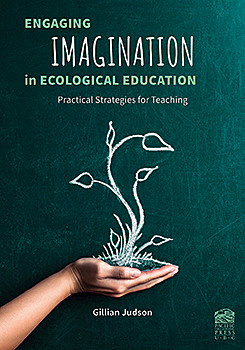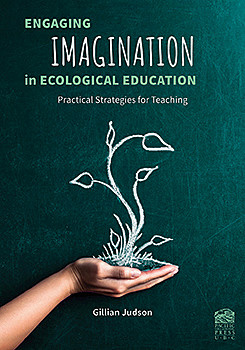Engaging Imagination in Ecological Education
Practical Strategies for Teachers
Engaging Imagination in Ecological Education illustrates how to connect students to the natural world and encourage them to care about a more sustainable, ecologically secure planet. Cultivating ecological understanding can be more challenging for teachers than simply imparting knowledge of ecological issues; it requires reimagining the human world as part of, not apart from, nature.
Describing the key principles of an approach to teaching called Imaginative Ecological Education (IEE), this book offers a practical guide for all teachers (K–12). It is designed for use with any curriculum to give students opportunities to engage their bodies, emotions, and imaginations in the world around them, thereby making learning meaningful.
…Gillian Judson’s explanations lead you to investigate the world around you further, eventually leaving you with this AHA! moment of how all learning fits together.
I know of no other ecologically oriented books that have the immediacy that this one has. Its enormous virtue is that it speaks directly to the students and teachers who will use it.
Introduction
1 The Rationale for Imaginative Ecological Education
2 Principles of Imaginative Ecological Education
3 Strategies for Engaging Students’ Emotions in Learning – A Study in Weather
4 Strategies for Engaging the Body in Learning – A Study in Weather
5 Place and Sense of Place – Strategies for Connecting Students with the Natural World
6 Using IEE Principles to Support Reading and Writing
7 Site-Specific Tracking and Literacy Activities
8 Developing and Sustaining an IEE Program
Appendix A: Some Guidelines for Mythic and Romantic IEE Planning
Appendix B: Five Steps for Collaboratively Planning IEE Units
Appendix C: Templates for IEE Planning
Notes
References
Index





